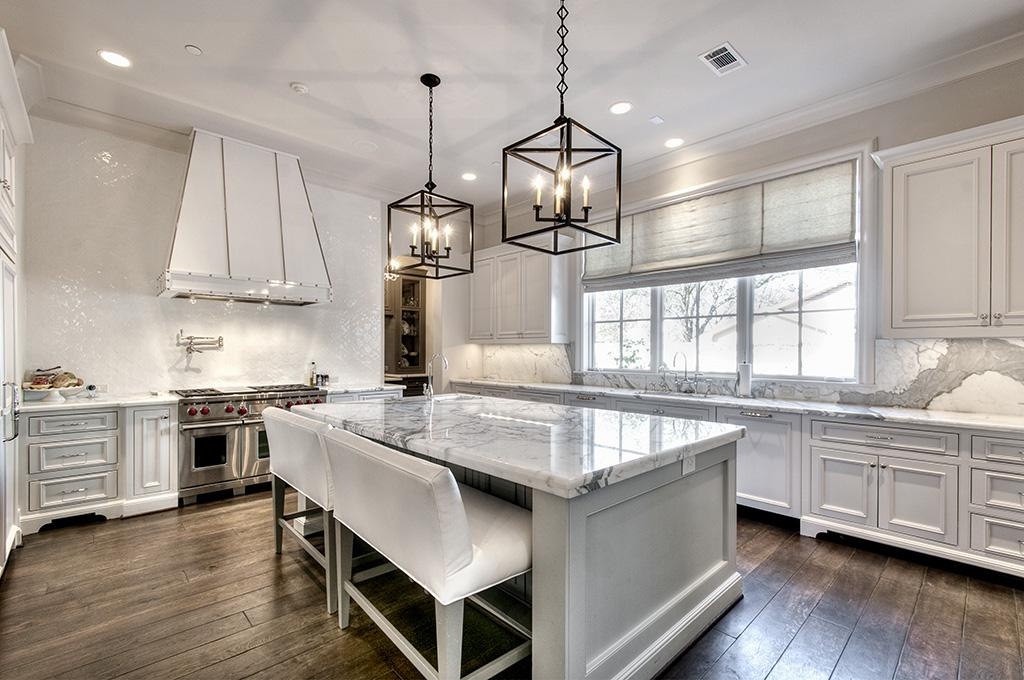All About Marble Countertops & Sealing
I’ve always loved white marble countertops they are bright, elegant, add character. They can also be one of the cheapest stone solutions if you choose Carrara marble, making them a great choice if you’re on a budget. However, many people are afraid of them due to the perception that they are high maintenance. This reputation is only partially deserved, and I want to share with you all the knowledge I’ve gathered over the years so that you will feel much more confident of going this direction if it appeals to you.
It’s good to know what marble is in order to understand how it behaves. It’s a metamorphic stone, which is formed when sediment crystallizes under great heat or pressure to form hard rock. Marble is not the hardest of these stones, however, making it porous and therefore susceptible to staining. Marble is also formed out of calcium carbonate, giving it a chemical structure that reacts easily with acids and leads to etching on the surface. Due to all this, marble requires some maintenance to keep it pristine.
There are two main types of finish you can get, but I would recommend a “honed” finish as it is the easiest wearing.
- Honed Finish– Created by sanding the surface so that it has a soft, matte finish, honed marble won’t show scratches as much, shows the stone off as a little less bright and is more susceptible to staining as the pores are open. Sealing is, therefore the solution.
- Polished Finish– Polished to a shiny exterior, this finish won’t stain as easily but it can scratch and etch. Polished surfaces are shiny and bright, but they will be worn down in time. If you prefer the worn look, go right for honed and skip the polished.
Does Marble Countertops Need To Be Sealed?
Yes. Because unpolished or honed marble has open pores, it is important to seal it if you want to limit stains over time. This can be done professionally at the beginning and then as a DIY in an ongoing fashion. While many people have commented that they have never felt the need to do this, it’s not hard.

How to seal it:
- Spray the counter with a marble cleaner and buff dry with a soft cloth. This will remove any impurities from the surface of the marble that may interfere with the sealing process.
- Pour some marble sealer into an open-mouthed container large enough to dip your paintbrush into. Turn on a fan or open a window while you do this; marble sealers frequently have high amounts of VOCs and can smell overwhelming.3
- Dip the foam paintbrush into the sealer and paint it onto the counter with slightly overlapping strokes. Make sure to get all areas of the marble, including the edge, area around the sink and the backsplash. Let the sealer sit undisturbed for 10 minutes.
- Buff away the excess sealer with a clean, dry cloth. Use a circular motion and keep rubbing the marble until it is dry and not tacky to the touch. Excess sealer could mar the finish of the stone, so keep buffing until it is completely removed.




Comments are closed.